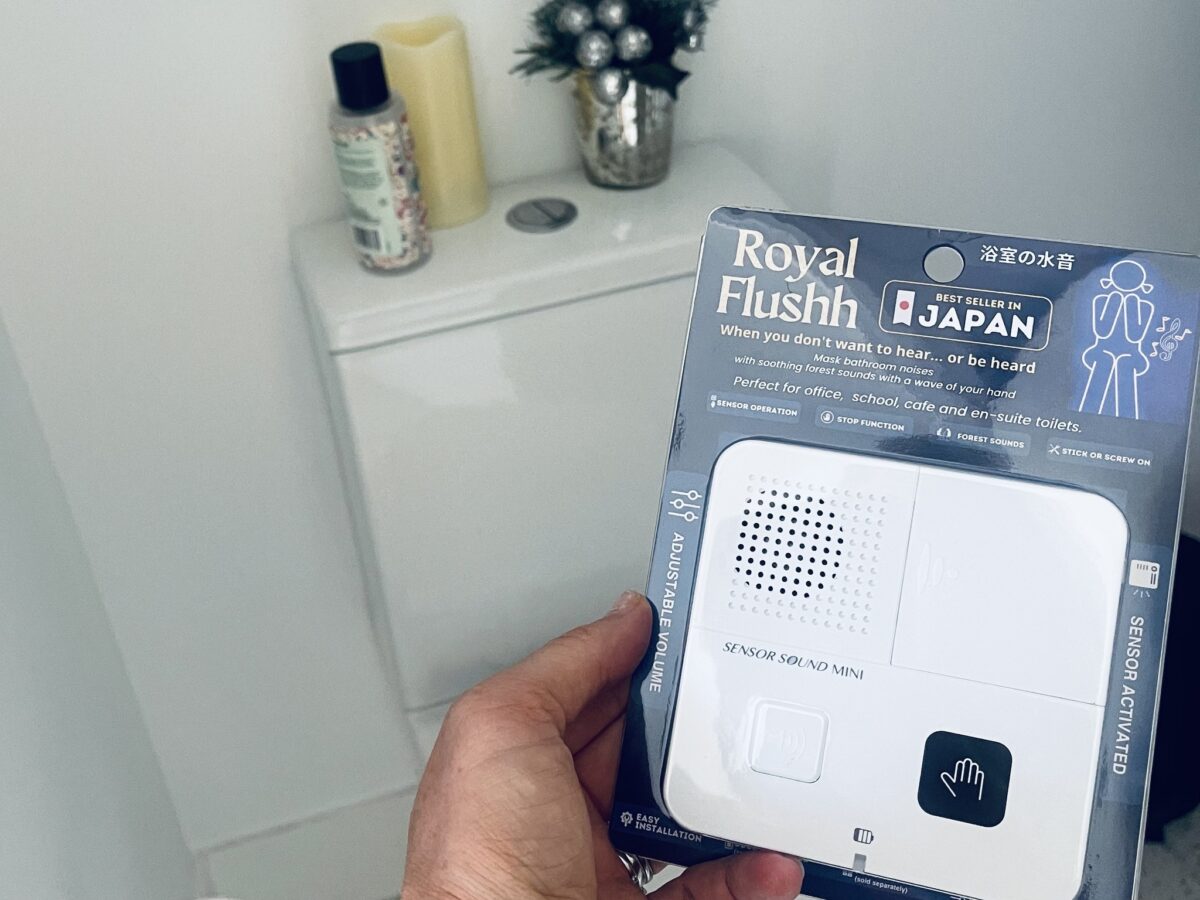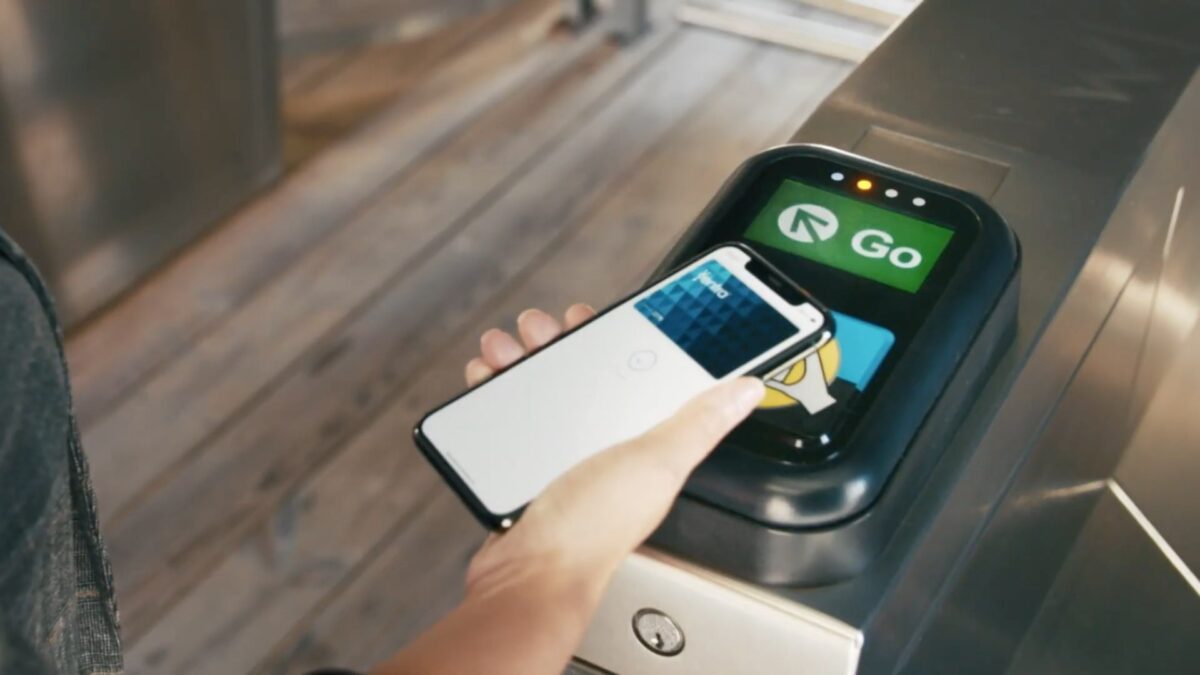How to Unclog a Toilet Drain Pipe A Comprehensive Guide

Are you tired of dealing with a clogged toilet drain pipe? Do you find yourself constantly calling a plumber to fix the issue, only to be left with a hefty bill and a sense of frustration? Well, worry no more! In this article, we’ll take you through a step-by-step guide on how to unclog a toilet drain pipe, saving you time, money, and the hassle of dealing with a plumbing emergency and toilet drain unclogging services.
Understanding the Causes of a Clogged Toilet Drain Pipe
Before we dive into the solution, it’s essential to understand what causes a toilet drain pipe to clog in the first place. Here are some common culprits:
- Flushable items: Flushing items like sanitary products, wet wipes, and paper towels can cause blockages in the drain pipe.
- Hair and soap scum: Hair and soap scum can accumulate in the drain pipe, reducing water flow and eventually causing a clog.
- Mineral buildup: Mineral deposits from hard water can build up in the drain pipe, causing a blockage over time.
- Tree roots: If you live in an older home, tree roots can infiltrate the drain pipe, causing a clog.
Tools and Materials Needed
Before you start, make sure you have the following tools and materials:
- Plunger: A plunger is the most basic tool for unclogging a toilet drain pipe.
- Drain snake: A drain snake is a long, flexible rod that can be inserted into the drain pipe to break up blockages.
- Baking soda and vinegar: These natural ingredients can be used to create a chemical reaction that helps break down blockages.
- Hot water: Hot water can help dissolve grease and other substances that may be causing the clog.
- Gloves and a bucket: These will come in handy when dealing with messy situations.
Step-by-Step Guide to Unclog a Toilet Drain Pipe
Now that you have the necessary tools and materials, let’s get started!
Step 1: Turn Off the Water Supply
Before you start, make sure to turn off the water supply to the toilet by locating the shut-off valve behind the toilet and turning it clockwise. This will prevent more water from flowing into the toilet bowl and making the situation worse.
Step 2: Use a Plunger
Place the plunger over the clogged drain and push down slowly and steadily until you feel resistance. Hold the plunger in place for a few seconds, then lift up. Repeat this process several times until the clog is cleared.
Step 3: Use a Drain Snake
If the plunger doesn’t work, it’s time to bring in the drain snake. Feed the snake into the drain pipe and rotate it as you push it further into the pipe. This will help break up any blockages that may be causing the clog.
Step 4: Use Baking Soda and Vinegar
Mix equal parts baking soda and vinegar to create a chemical reaction that will help break down blockages. Pour the mixture down the drain and let it sit for a few hours or overnight. The mixture will fizz and foam, helping to dissolve any substances that may be causing the clog.
Step 5: Use Hot Water
After the baking soda and vinegar mixture has had time to work its magic, pour hot water down the drain to help dissolve any remaining blockages.
Step 6: Check the Drain Pipe
Once you’ve completed the above steps, check the drain pipe to see if the clog has been cleared. If the water flows freely, you’ve successfully unclogged your toilet drain pipe!
Preventing Future Clogs
Now that you’ve unclogged your toilet drain pipe, it’s essential to take steps to prevent future clogs. Here are some tips:
- Be mindful of what you flush: Avoid flushing items like sanitary products, wet wipes, and paper towels.
- Use a drain screen: A drain screen can catch hair and other debris before they enter the drain pipe.
- Run hot water: Running hot water through the drain pipe on a regular basis can help dissolve grease and other substances that may be causing clogs.
- Use a natural drain cleaner: Consider using a natural drain cleaner like baking soda and vinegar regularly to help break down blockages.
Additional Tips and Tricks
- Use a toilet auger: A toilet auger is a long, flexible rod that can be inserted into the toilet drain to break up blockages.
- Try a chemical drain cleaner: If all else fails, you can try using a chemical drain cleaner. However, be sure to follow the instructions carefully and take necessary safety precautions.
- Consider hiring a professional: If you’re not comfortable with DIY plumbing or if the clog persists after trying the above methods, it may be time to call in a professional plumber.
Common Mistakes to Avoid
- Using too much force: Avoid using too much force when plunging or snaking the drain pipe, as this can cause damage to the pipe or surrounding fixtures.
- Not turning off the water supply: Failing to turn off the water supply can cause more water to flow into the toilet bowl, making the situation worse.
- Not checking for underlying issues: Failing to check for underlying issues, such as tree roots or mineral buildup, can lead to repeated clogs.
DIY vs. Professional Plumbing
While DIY plumbing can be a cost-effective and empowering way to tackle clogs, there are times when it’s best to call in a professional. Here are some scenarios where you may want to consider hiring a plumber:
- Recurring clogs: If you’re experiencing recurring clogs, it may be a sign of a more serious underlying issue that requires professional attention.
- Multiple clogged drains: If multiple drains in your home are clogged, it may indicate a problem with the main sewer line, which requires professional expertise.
- Complex plumbing systems: If you have a complex plumbing system, such as a septic system or a well, it’s best to hire a professional plumber who has experience with these systems.
Conclusion
Unclogging a toilet drain pipe may seem like a daunting task, but with the right tools, materials, and knowledge, it’s a relatively simple process. By following the steps outlined in this article, you’ll be able to clear blockages and get your toilet functioning properly in no time. Remember to take steps to prevent future clogs, and you’ll be well on your way to a clog-free toilet drain pipe.
Final Tips and Reminders
- Stay calm and patient: Unclogging a toilet drain pipe can be a frustrating process, but it’s essential to stay calm and patient.
- Take your time: Don’t rush the process, and take your time to ensure that each step is completed properly.
- Practice prevention: By taking steps to prevent clogs, you’ll save yourself time, money, and hassle in the long run.











